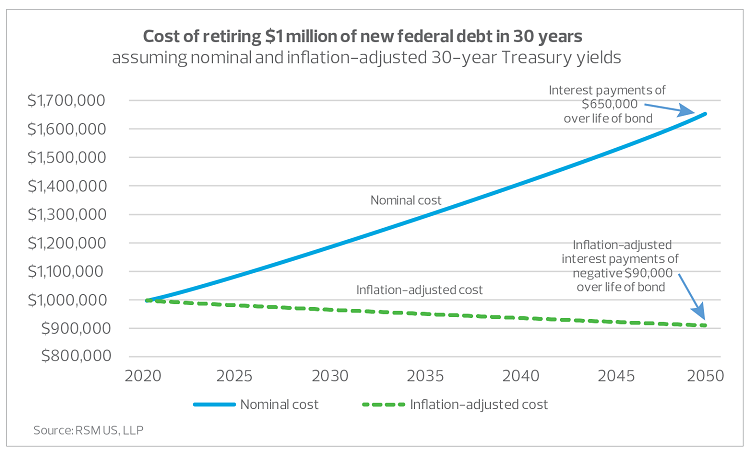Opportunities for professional services firms
Professional services firms have ridden the pandemic wave to unexpectedly positive results. But firms shouldn’t rest on their laurels as their peers increase investment across the board, even in the face of pricing pressures and threats of increased expenses.
With opportunities ranging from strategic realignment and transformation to cloud-based platforms, inexpensive capital affords professional services firms the chance to get ahead in what promises to be a hypercompetitive post-pandemic environment.
Strategic investment
Professional services firms will be forced to examine every aspect of their operational strategy:
- Real estate: Most firms are stuck in long-term leases for office space. So, considering how the workforce’s needs are changing and how clients are demanding remote accessibility, firms should look to transition excess square footage into more functional space, such as technology/innovation centers to provide solutions for more efficient and effective service.
- Workforce solutions: Many firms have enabled employees to work remotely, which has loosened geographic constraints to candidate pools. Now, firms should take advantage of this time to redesign compensation plans and benefit offerings (including funding of defined benefit plans) to increase recruitment and retention of talent. In addition, firms must revisit their diversity strategy and aim to align themselves with solutions that shape the diversity of their workforce.
- Firm alignment: Clients’ needs have continued to change through the pandemic. Professional services firms should innovate the way they serve clients and go to market in order to position themselves as industry experts. This challenges the long-held status quo of practice group alignment; however, clients demand trustworthy advisors that understand their business and the sector in which they operate.
- Growth (organic and inorganic): Professional services firms should look at their plan for geographic expansion, accounting for expanding markets, acquisitions and identification of top-level talent in nonoffice locations. Other components of growth strategy include identification and execution of lateral hiring, as well as applying a growth mindset to nurturing rising star employees. This would allow firms to grow revenues even with clients continuing to challenge increasing rates.
In a traditionally slow-changing sector, these strategic decisions can help a firm gain a competitive advantage in the marketplace.
Technology investment
- Professional services firms need to rethink and redesign many of their processes, and they need to do it now. Some firms adapted quickly to the pandemic, and some didn’t. But even those that reacted quickly need to sustain, fortify and expand those efforts. This takes investment in technology and resources to support the technology.
- As cloud solutions adapt to the sector’s unique information technology and security requirements and business problems, customers are looking to partners who have proven expertise in their industry and can bring customized intellectual property solutions to hit the ground running. This is especially important when it comes to artificial intelligence/machine learning, robotic process automation and data analytics.
Refinancing
Many professional services firms have lines of credit that are utilized periodically throughout the year during periods of low cash collections. Many firms were able to take advantage of low financing rates during the pandemic to restructure their lines and possibly expand their liquidity under the lines of credit. However, as investment decisions are made, firms should be able to benefit from lower financing rates.
Why invest now?
In recent years, middle market firms have lagged behind their larger industry counterparts in capital outlays, a trend that has been documented in the RSM US Middle Market Business Index. In an encouraging sign, the December 2020 MMBI survey showed that more than half of respondents (52%) said they expect to boost investment in productivity-enhancing capital expenditures such as software, equipment and IP over the next six months.
“Due to the unique confluence of events that is upon us,” writes Brusuelas, “firms will actually make money by borrowing, because we are operating at near-zero nominal interest rates that become negative when adjusted for inflation.”


